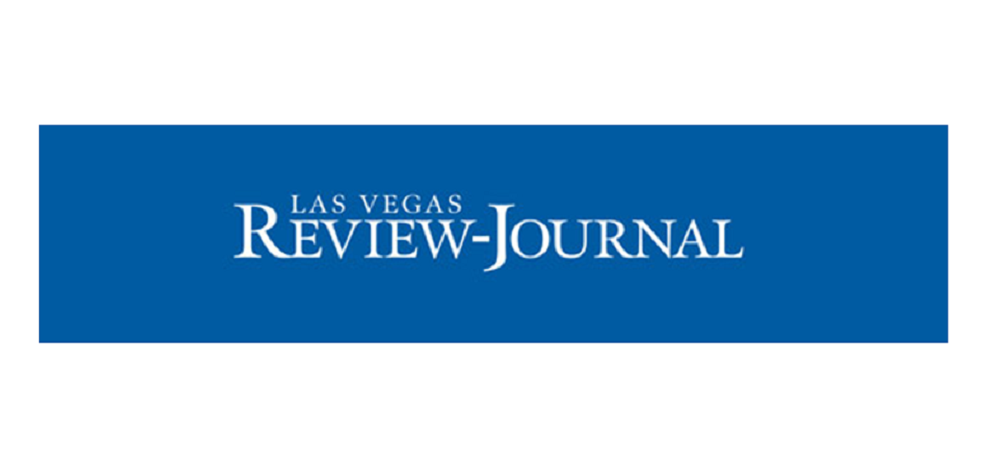Over the next few days, Nevadans of both political parties will caucus to choose their presidential nominee — the Democrats on Saturday, and Republicans on Tuesday in the first-of-the-West caucuses. As candidates travel the state in an effort to woo potential caucus-goers, there will be many public policy disagreements.
However, at least one issue has both Republicans and Democrats coming together: the skyrocketing cost of prescription drugs. No matter the outcome of the election, the next president must address the runaway drug prices that are crippling our entire health care system.
While candidates differ in their solutions to this epidemic, all agree drug prices are rising at an unsustainable rate. At least seven drugs with yearly sales of more than $1 billion are expected to hit the market this election year, so it’s not surprising that candidates from both sides of the aisle are talking about reform — including Hillary Clinton, Marco Rubio, Bernie Sanders and John Kasich right here in Nevada.
Candidates care because this issue affects millions of Americans. A recent Kaiser Family Foundation poll found “nearly three-quarters (73 percent) of the public view prescription drug costs as unreasonable.” New cancer treatment drugs are routinely introduced with a price tag for patients of more than $100,000 per year. And, according to the Centers for Disease Control and Prevention, one in 10 Americans don’t take their medications as prescribed because they can’t afford to.
But it’s not just those on medication who are affected. We’re all on the hook for higher prices. In fact, American taxpayers subsidize a large portion of the research and development for new drugs through taxes. Still, patients in America pay the highest prescription drug costs in the world. In December, the Department of Health and Human Services recognized the squeeze higher prescription drug costs have on the health care system and unveiled an interactive website to expose some of these rising prices. According to the site, the cost of 30 prescription drugs on the Medicare Drug Spending Dashboard increased by at least 7 percent between 2013 and 2014.
Last year, Turing Pharmaceutical CEO Martin Shkreli propelled this issue to the forefront of the political dialogue when he single-handedly jacked the price of Daraprim by more than 5,000 percent overnight. While the dramatically increased cost for the 3,000 people who take Daraprim each year is unconscionable, the problem is much bigger than bombastic headlines about a few bad actors. Drug companies also institute increases year after year on more widely used medications. Eli Lilly’s depression drug Cymbalta has nearly doubled in price since 2007, after six incremental increases averaging a yearly hike of 10 percent. Just last month, Pfizer raised prices on 100 existing drugs without reducing the cost of even one medication.
Drug companies were hoping that patients, politicians and the press wouldn’t notice as these across-the-board hikes began to add up. They were wrong.
And now the eyes of the nation are on Nevada this political season. The next president must be ready for the challenges that face our health care system — chief among them the rising cost of drugs. Voters want a candidate who will stand up for every American by making prescription drugs affordable again and put a stop to the runaway costs plaguing our health care system.
— John Rother is the executive director of the Campaign for Sustainable Rx Pricing.

